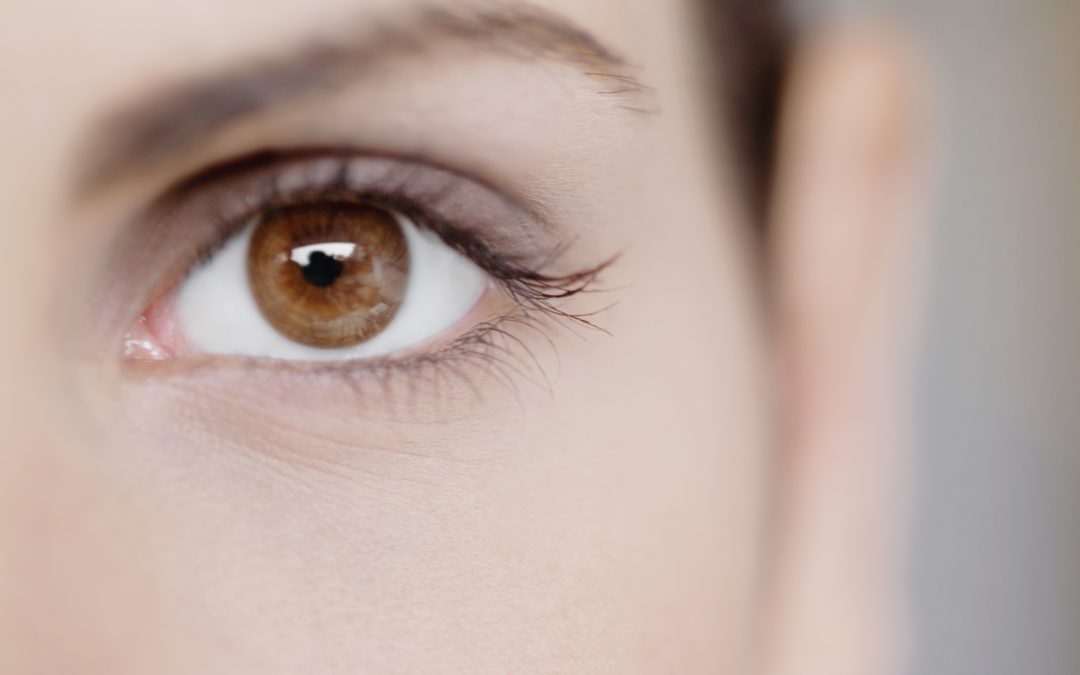It is estimated that some three million Americans have glaucoma – though only half know they do. If that statistic wasn’t eye-opening enough, it has been recognized as a serious eye disease and the second-leading cause of vision loss and blindness in the world, with the two most common forms being Acute Angle-Closure Glaucoma and Primary Open-Angle Glaucoma. Before we go into the specifics concerning symptoms for each of these – essentially what this blog is all about – let’s take a few moments to discuss risks, demographics and other factors.
Because chronic forms can destroy your vision before any signs or symptoms appear, the following are higher risk factors to be aware of:
• Elevated intraocular (internal) eye pressure
• Age (for those over 40)
• Ethnic background (African-Americans, Asians and Japanese share a higher risk)
• Family history
• Medical conditions (such as diabetes or high blood pressure)
• Long-term corticosteroid use
The American Academy of Ophthalmology suggests a comprehensive eye exam for all adults once they reach 40 years of age, and every three to five years after that if no glaucoma risk factors are exhibited (such as the ones we previously mentioned). For individuals with other risk factors over the age of 60, a screening should be performed every one to two years, with ethnicities such as African-Americans recommended to go for periodic eye exams between the ages of 20 and 39.
The Symptoms (or How to Know if You Have Glaucoma)
Glaucoma is a complicated disease in which damage to the optic nerve results in vision loss, and, as we’ve already established, the two most common forms are POAG and ACG. The Open-Angle type is often referred to as the “sneak thief of sight” because it exhibits no symptoms until significant vision loss has taken place. Due to this fact, it develops slowly and sometimes without noticeable vision loss for many years.
Compounding this situation is that most people who experience Open-Angle Glaucoma feel like themselves and do not report a change in vision, as the initial loss is of side or peripheral vision and the visual acuity or sharpness is maintained until late in the disease’s stages. What does this boil down to? By the time you are aware of vision loss, the disease is usually quite advanced; complete loss of vision due to this affliction is not reversible with treatment – even surgery.
This is why it’s vital to see a doctor for regular eye examinations if you fall into the groups previously mentioned. If glaucoma is detected during an eye exam, your doctor can prescribe a preventative treatment to help protect your vision.
In Open-Angle Glaucoma, the angle in your eye where the iris meets the cornea is wide and open – as it should be – but the eye’s drainage canals become clogged over time, causing an internal eye pressure increase and subsequent optic nerve damage. It remains the most common form of the disease, affecting approximately four million Americans – many of whom don’t even know they have it.
When it comes to Acute Angle-Closure Glaucoma, symptoms can include:
• Hazy or blurred vision
• The appearance of rainbow-colored circles around bright lights
• Severe eye and head pain
• Nausea or vomiting (accompanying severe eye pain)
• Sudden loss of sight
In Angle-Closure Glaucoma (also known as Narrow Angle), the angle is closed in many or most areas, yielding increased eye pressure which leads to optic nerve damage and possible loss of vision. In an acute attack of angle closure, the rise in eye pressure may occur suddenly; early stages of the disease involve the closing of the angle with or without high eye pressure, with the optic nerve not affected at that point.
Symptoms of Acute Angle-Closure Glaucoma are described by vision professionals as “blatant,” with damage that occurs quickly – which is why it is recommended you seek care from an ophthalmologist immediately should you experience any of them.
If You are Diagnosed with Glaucoma
There’s no way around it: You should set a regular schedule of examinations with your eye doctor to monitor any symptoms that pop up, and to make sure your prescribed treatment is effectively maintaining an eye pressure that’s safe. Rowan Eye Center can’t stress enough the fact that glaucoma and its symptoms can have a life-altering impact on anyone, but our ongoing education efforts and research updates help patients adjust to new realities, live a full and fulfilling life and manage symptoms.
Schedule an appointment with one of our expert representatives at Rowan Eye Center today if you are experiencing any such symptoms or if you’re overdue for a routine eye exam.

